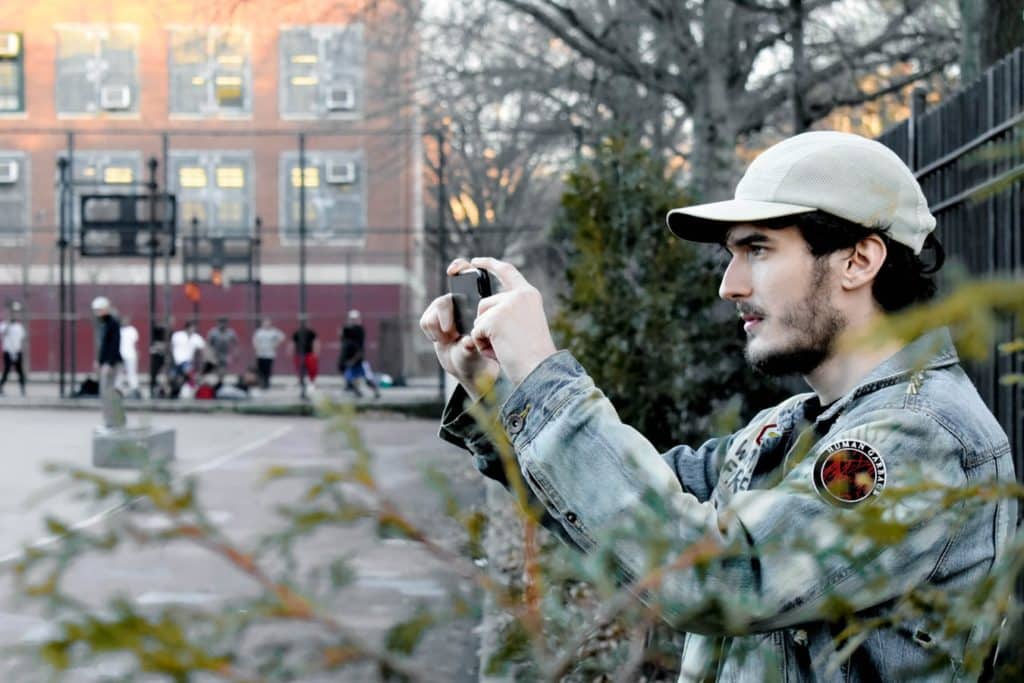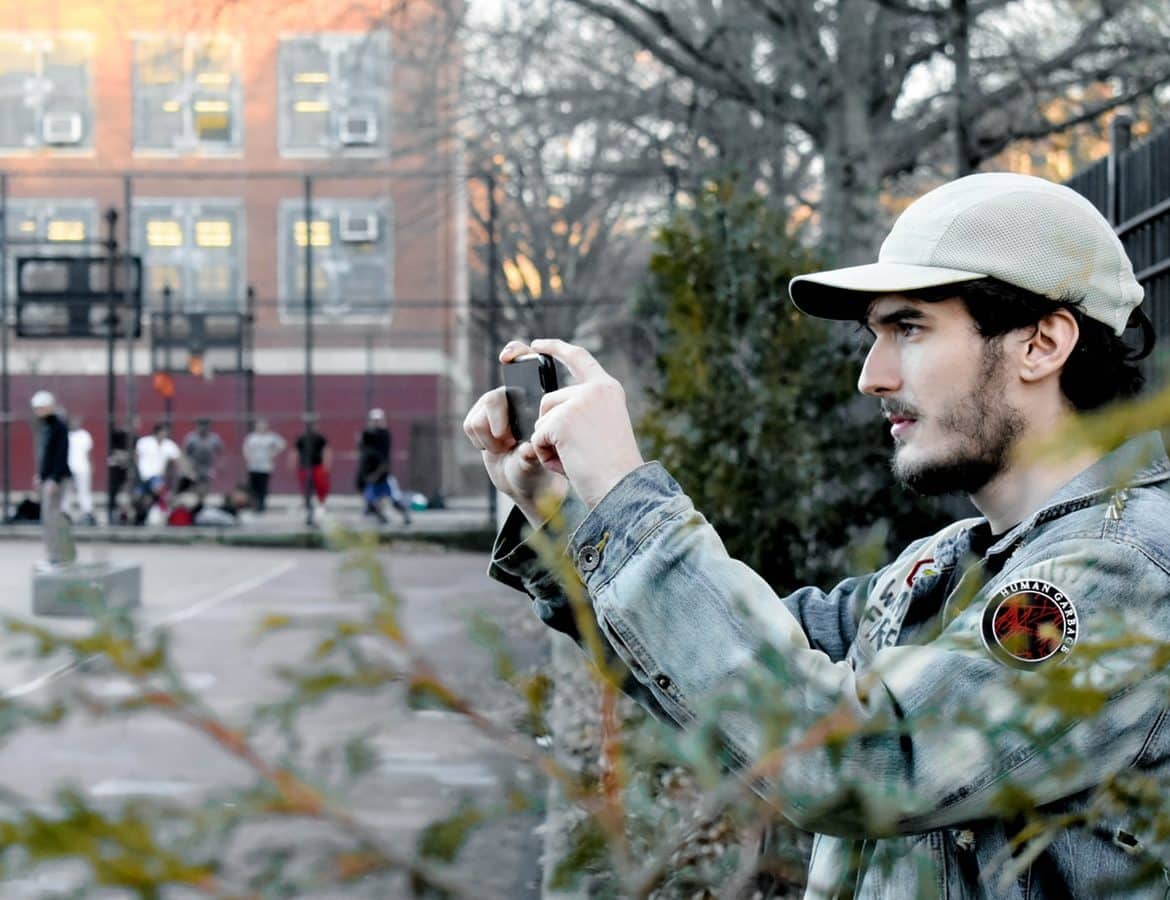Private investigators who are called upon to record events in photographs have a really tough job. They are not trained photographers but are trained in criminology. They are often expected to take photographs in very poor lighting conditions, often from distances dictated by the needs of surveillance. The photographic evidence demanded may be in any type of weather conditions and any type of lighting, even at night. For this reason, private investigators need training and time to work with their cameras in order to succeed with their surveillance endeavors in the field.
In order to determine some tips that help private investigators succeed in surveillance photography, we spoke to successful photographer, Daniel Doyle Pleasantville. Doyle has a studio in Queens, New York as well as a new studio in Pleasantville, Ohio. Doyle makes his living doing both studio and event photography, so he knows how to deal with outdoor photography of subjects in motion that may not be in the best lighting conditions. Doyle also trains new photographers in his studio.

The Camera
Doyle recommends to private investigators that they invest in a quality DSLR that will accept a range of lenses. The DSLR must be capable of shooting in RAW format. RAW images are essential because they are more easily able to be worked with in a program such as Photoshop in order to pull out as much detail as possible. For example, RAW images can be exposed in a larger range than JPEG images. Such images can also be manipulated into providing greater detail. This is important when you are shooting pictures of subjects who are at a distance from you.
The Software
Still the best software on the market for processing RAW images and pulling as much information as possible from the picture is Adobe Camera Raw, found in the Adobe Photoshop software. Camera Raw is easy to work with after only minor training.
The Lenses
PhotographyTips.com suggests that private investigators purchase a variety of lenses, including lenses from 400 mm and above, in order to zoom in on subjects from a concealed location. They also suggest that, at times, it will be so dark that an image intensifier night vision device is called for. In extreme cases, camera bodies of DSLRs may need to be attached to telescopes with adapters.
Concealment Issues
In order to conceal surveillance, private investigators are encouraged to cover all shiny portions of cameras with black tape. They can use lens fittings with a honeycomb pattern that will not allow the lens to reflect in the sunlight and attract the attention of the subject. PhotographyTips.com also suggests that concealment could involve looking as though one is photographing another subject, such as birds.
Shooting Tips
North American Investigations (NAI) suggests that private investigators know their camera so well that they can easily and efficiently shoot in the dark. That takes a lot of practice.
NAI also suggests using a full battery, having a backup, and an empty memory card. They also suggest not deleting any photos because Camera Raw is quite good at salvaging pictures.
Moor your body against your vehicle or a tree and use the anti-shake technology that your camera likely possesses in order to create images that are as clear as possible. When you can, a tripod will ensure images that are crisp and clear as well. PhotographyTips.com reminds private investigators that they don’t need high quality images for surveillance. They just need clear images. SD cards can store a lot of images, so don’t be shy. Just shoot as many pictures as you need.
PhotographyTips.com suggests the private investigator work with their camera in all types of lighting conditions, realizing that you will rarely be able to use flash and will mostly be using telephoto lenses.
As Daniel Doyle states, private investigators need to be able to get images that clearly show they are of the subject in question. This involves practice with telephoto lenses, the camera and Camera Raw in Photoshop.
